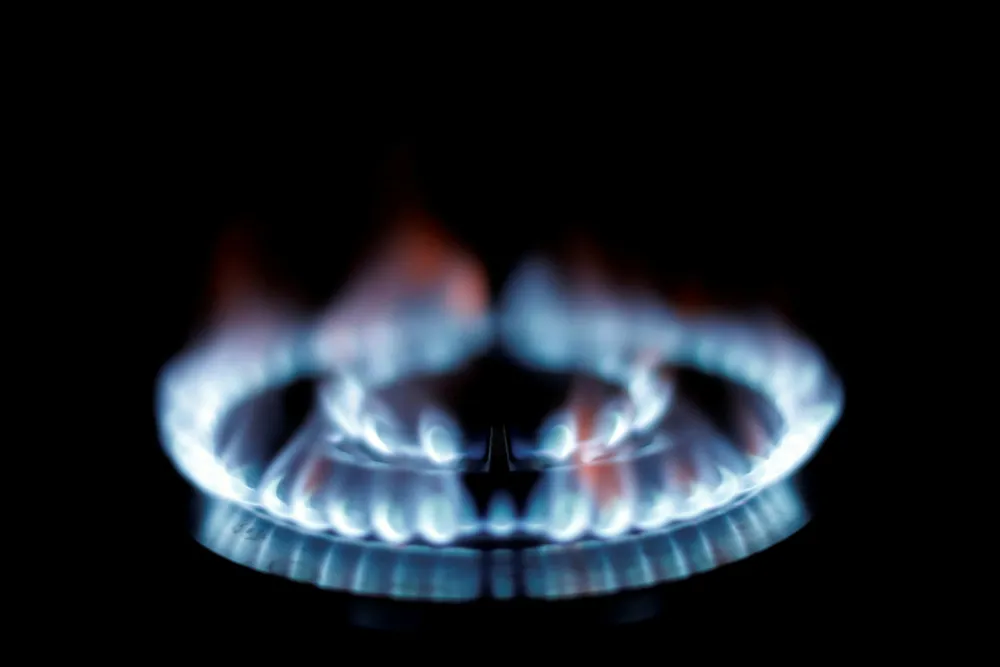Gas markets expected to remain tight for next two years following surge in prices in 2021: EnergyQuest
High gas prices experienced in 2021 could be here to stay as oil is also tipped to break $100 per barrel this year

High gas prices experienced in 2021 could be here to stay as oil is also tipped to break $100 per barrel this year
